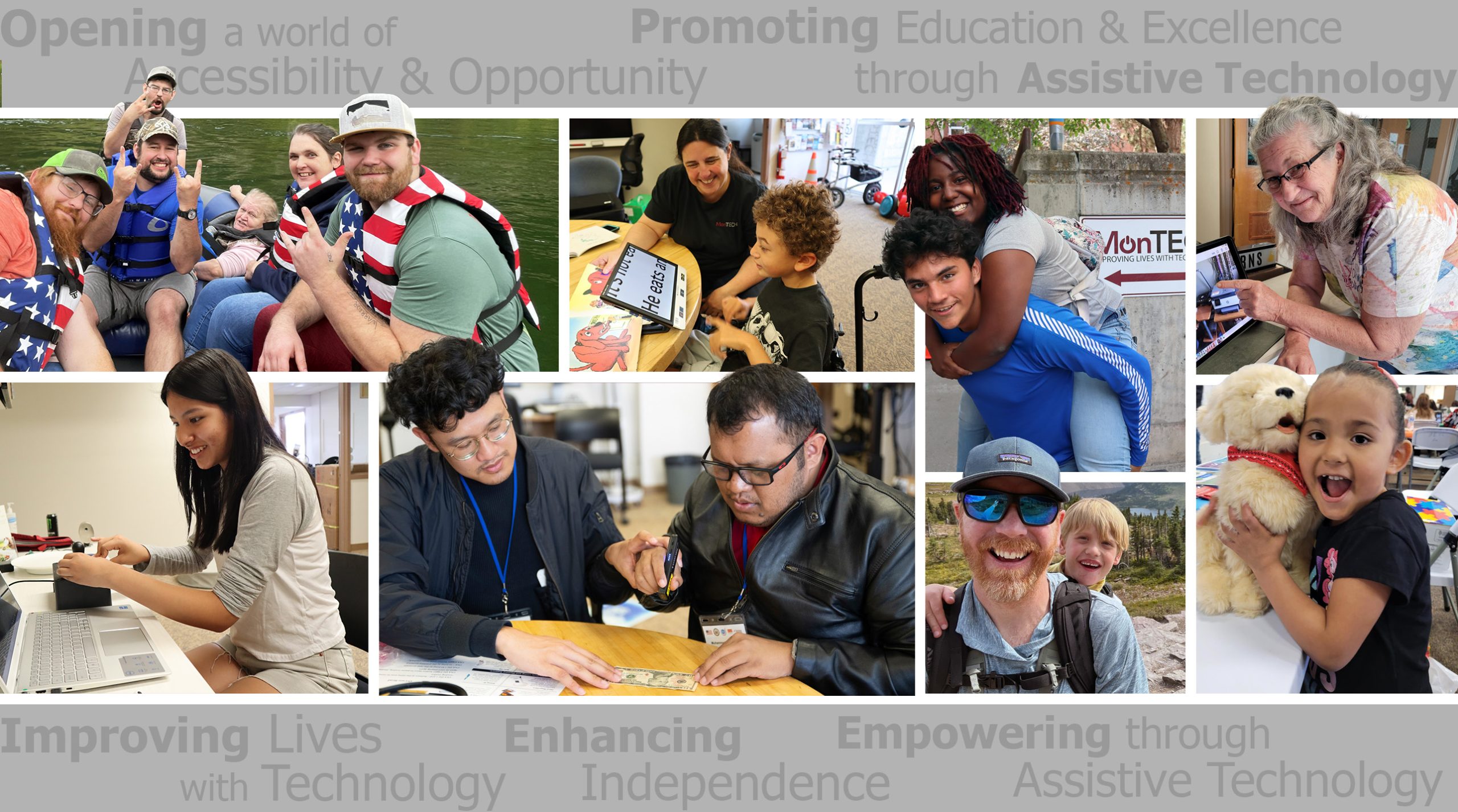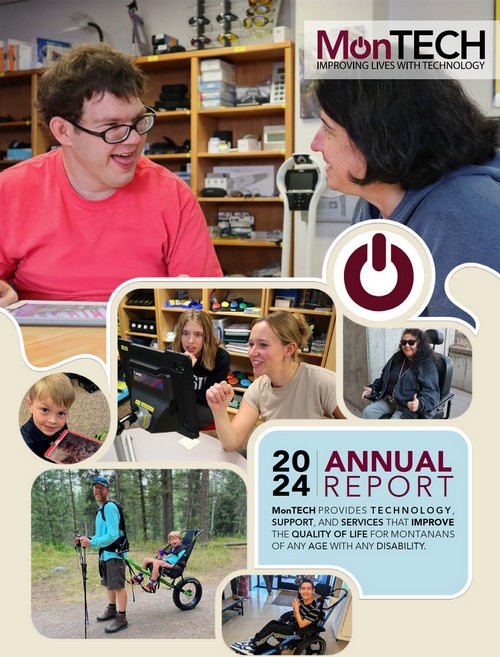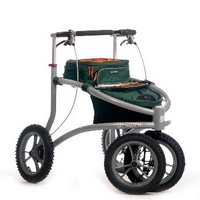MonTECH: Improving Lives with Technology
MonTECH provides technology, support, and services that improve the quality of life for Montanans with disabilities.
Borrow assistive technologies and adaptive equipment, and receive free, one-to-one help learning about devices we loan. MonTECH ships most items anywhere in Montana; free shipping/free return shipping.*
Who can utilize MonTECH? Any Montanan, any age, with any physical or cognitive challenge including learning disabilities and impairments associated with aging. Do you live in Montana? If so, you qualify!
MonTECH’s Missoula office is open by appointment only on Monday, and 8:30 am – 4:00 pm Tuesday-Friday. Please call if you need to arrange drop-off/pick-up outside of those hours. For 1:1 assistance, please make an appointment. The Billings office is open by appointment only.
*Some loan items are too large to ship and must be picked up at our Missoula location.
Make an Appointment for a Free 1:1 Consultation
Missoula: For an online or in-person appointment, or to schedule a call, please use this link. For questions about our services, picking up or dropping off equipment, or other queries please contact our main office at (406) 243-5511, montech@mso.umt.edu.
Billings: For an online or in-person appointment, or to schedule a call, please use this link. Contact our Billings office directly to arrange equipment drop-off or pick-up: (406) 657-2089.
MonTECH strictly adheres to CDC guidelines for the cleaning of our equipment.
SEARCH
FOR ITEMS
PRIMARY
SERVICES
Equipment Loans »
MonTECH loans assistive technology and adaptive equipment. Borrow for 30, 90, or 180 days depending on the loan item. MonTECH also hosts a loan program for adaptive trikes (Wheels Across Montana) in five locations around the state, and a re-use/exchange program.
Demonstrations »
Demonstrations provide a way to explore the assistive technology available for your needs. Compare devices and learn features in a supportive, 1:1 environment. We hold demonstrations at our Missoula and Billings offices as well as virtually using the video-call platform of your choice.
Financial Assistance »
The funding resource guide lists funding sources available to acquire needed technologies and equipment. In partnership with RDI, Inc., MonTECH also offers a financial loan option; successful applicants can utilize this program to purchase home and vehicle modification, adaptive recreation equipment, and assistive devices including hearing aids.
Training »
MonTECH offers numerous Assistive Technology (AT) training opportunities for teams and individuals.
Reuse »
Sell, give away, exchange, or list a need for assistive technology or adaptive equipment free of charge. Post equipment that you need or want to sell on our exchange.
Accessible Boat Launch Sites »
New adaptive kayak/canoe/SUP launch sites project.
Get Started
CALENDAR
MonTECH's Upcoming Events
Sorry, there are no upcoming events at this time. VIEW ALL EVENTS »NEWS/BLOG
MonTECH 2024 Annual Report
MonTECH Serves Montanans! Download the 2024 Annual Report LOANS In 2024, MonTECH loaned 1,859 items to 793 Montanans. MonTECH ranks 11th out of 56 assistive technology (AT) programs nationwide for […]
Libby Folks Float the Kootenai with a Little Help from MonTECH and Missoula Parks & Rec
Libby lies south of Lake Koocanusa in the midst of the Kootenai National Forest. It is breathtakingly beautiful country and Stephanie Munts wants her clients to experience it first-hand. Stephanie […]
SUBSCRIBE
FEATURED
LOAN ITEMS
Trionic Veloped Trek
The Trionic Veloped Trek is a new take on the standard wheeled walker that allows you to enjoy life to its fullest. Fully equipped for hiking and traveling, it can […]
Jogger Axiom Improv Push Chair
Axiom Size 3: All-terrain folding mobility system with an adjustable sun canopy. Accommodates a child approximately 12 to 15 years old, 59″-64″ in height; […]
WEBSITE ACCESSIBILITY
As part of the University of Montana, the Rural Institute follows the University of Montana Accessibility Resources and Statement. You can find more information by following the links below.
Accessibility Information »
University of Montana Accessibility Resources and Statement »





